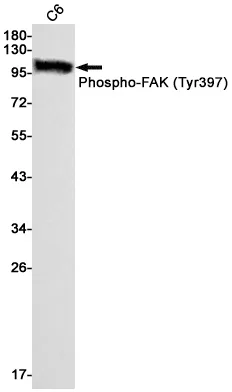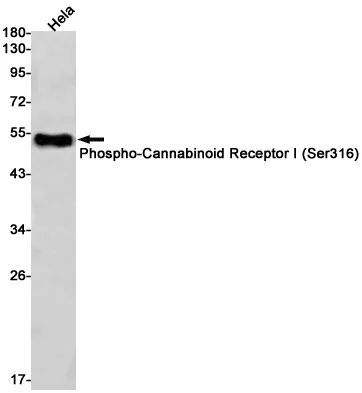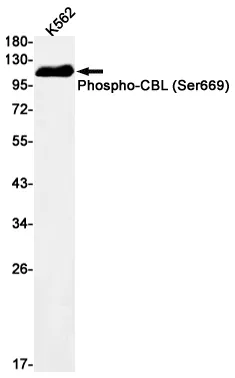Summary
Performance
Immunogen
Application
Background
Interleukin-10 (IL-10) is an anti-inflammatory cytokine that is produced by T cells, NK cells, and macrophages. IL-10 initiates signal transduction by binding to a cell surface receptor complex consisting of IL-10 RI and IL-10 RII, leading to the activation of Jak1 and Tyk2 and phosphorylation of Stat3. Major immune regulatory cytokine that acts on many cells of the immune system where it has profound anti-inflammatory functions, limiting excessive tissue disruption caused by inflammation. Mechanistically, IL10 binds to its heterotetrameric receptor comprising IL10RA and IL10RB leading to JAK1 and STAT2-mediated phosphorylation of STAT3 (PubMed:16982608). In turn, STAT3 translocates to the nucleus where it drives expression of anti-inflammatory mediators (PubMed:18025162). Targets antigen-presenting cells (APCs) such as macrophages and monocytes and inhibits their release of pro- inflammatory cytokines including granulocyte-macrophage colony- stimulating factor /GM-CSF, granulocyte colony-stimulating factor/G- CSF, IL-1 alpha, IL-1 beta, IL-6, IL-8 and TNF-alpha (PubMed:1940799, PubMed:7512027, PubMed:11564774). Interferes also with antigen presentation by reducing the expression of MHC-class II and co- stimulatory molecules, thereby inhibiting their ability to induce T cell activation (PubMed:8144879). In addition, controls the inflammatory response of macrophages by reprogramming essential metabolic pathways including mTOR signaling (By similarity).






